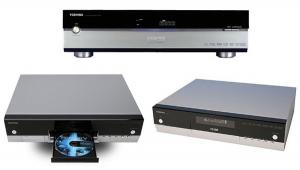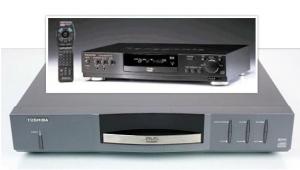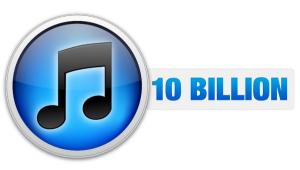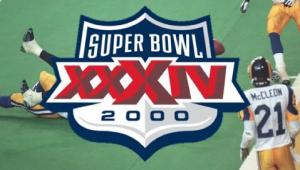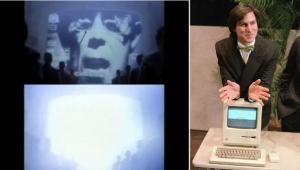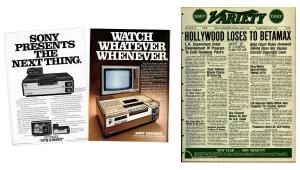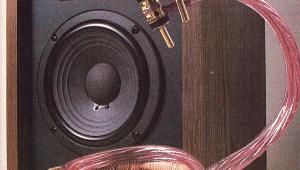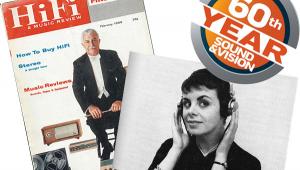Flashback 2009: Analog TV Goes Dark

Under the Digital Television Transition and Public Safety Act of 2005, all full-power TV stations in the U.S. were to cease broadcasting in analog and switch over to digital by February 17, 2009 but Congress extended the deadline to June 12, 2009 amid fears that millions of TV-loving Americans would be left in the dark.
A year earlier, the government with help from broadcasters launched a massive public service campaign targeting the 15 million households that received TV over the air via an antenna to make sure they were informed of the changeover and aware that they would need a digital converter box to continue watching TV. The boxes typically cost between $50 and $70 but the government offered a $40 coupon to ease the transition—and financial burden it placed on low-income families.
On June 11, 2009, a day before the analog switch was flipped, S&V’s Michael Antonoff wrote about the impending changeover to digital TV in “Good riddance to analog TV”:
With apologies to World War II vets, June 12, 2009, should be declared D-Day. Conveniently, it’s the day analog TV broadcasting shuts down, leaving digital signals as the only way for viewers to receive over-the-air channels. Yet digital television (DTV) is but a bit player in the larger scheme of society’s quickening swing to an all-digital world.Watch this 2008 television news report about the changeover from analog to digital TV broadcasting.No generation is more aware of this change than anadiggies (a.k.a. baby boomers), for whom D-Day represents a sort of crossing over from the analog world of mid-20th Century industrial America, when they were born, into the digital world where they’ll expire—no coupon necessary. For them, D-Day is clearly a dividing line.
The thing about conventional broadcasting— what’s being laid to rest on June 12th—is that its transmission towers began to sprout at the same time that boomers were little sprouts. In fact, analog television’s rise closely tracks the ascent and maturation of 79 million Americans born between 1946 and 1964. Its demise will predate most of us, which is a good thing.
Having suckled on the silvery beast, anadiggies like me regard the demise of analog TV with some remorse. After all, its burial coincides with the 50- to 60- year anniversary of the boob-tube nannies who kept us company. The hours spent with the marionette, Howdy Doody, or the talented boys and girls next-door in The Mickey Mouse Club, often exceeded face time with our own parents.
Acknowledging the end of analog TV is like accepting a death in the family—though with memories that transcend one’s own kin. Members of my generation collectively absorbed the images of showgirls and sitcoms; a litany of newsworthy events; and always the jingles. If a generation of boomers nourished on TV’s IV drip has a group identity, it is the result of a cohesiveness of visual memories put in place by the network triumvirate. Heck, it took the sixties to get our eyeballs unglued.
On the other hand, the generations flanking boomers are utterly incapable of mourning the death of analog TV. Television didn’t exist for the parents of boomers. They were already reaching adulthood by the time the Second World War broke out. For them, TV was a glimpse you waited in line to see at the World’s Fair, not the ubiquitous appliance it became.
For a different reason, the children and grandchildren of boomers can’t fully appreciate the death of analog TV either. That’s because they entered a world in which their viewing choices were fractured by a banquet of cable or satellite channels, which in turn was rendered laughable by a swarm of Web sites. If analog TV did one thing, it kept choice simple while instilling a modicum of communal DNA through the magic of televised entertainment.
It’s too late for the dwindling parents of boomers to be impressed much by new technology. As for the children of boomers, well, they seem to be blasé to the whole change thing, precisely because they know nothing else. But anadiggies get it. They appreciate the nuances of what’s being jettisoned as well as gained from the bit storm.
I spent the first half of my life watching ghost-riddled images on a 19-inch or smaller screen with a tinny speaker and a half-dozen choices on the dial. It’s only in this new millennium that I’m awed by affordable displays larger than museum paintings, 5.1 channels of theater-like surround sound, and set-top hard drives that afford us the freedom to go to the bathroom on demand.
I feel bad that analog broadcasting wasted bandwidth by the barrel, ignoring the fact that the airwaves are a finite resource. I realize that digital TV is so much cooler. It is progress spelled out in 1,080 lines of widescreen resolution versus the approximately 330 lines visible in a conventional box. Thanks to digital compression, broadcasters can transmit not only prettier pictures but extra channels, too. And it’s all done in the same 6 Megahertz of bandwidth occupied by one analog channel. Meantime, recovered frequencies have been auctioned to wireless carriers. The public treasury can certainly use the money. And some frequencies are being allocated to first responders, the type of workers who would have benefited from more reliable communications before the Twin Towers fell.
Shuttering analog TV broadcasting is years overdue. Though postponed from February 17th, it was intended to happen in 2006. Anadiggies are ready for D-Day, a date that should be celebrated. There’s more to June 12th than a listing in the annals of U.S. broadcasting milestones. Its larger meaning recognizes and celebrates the massive shift underway. The triumph of digital TV confirms our ongoing contemporary revolution. After all, if you could choose just one thing that best sums up the history of boomers, it is going digital.
Speaking of revolutions, I wonder if July 4th is taken. —Michael Antonoff


